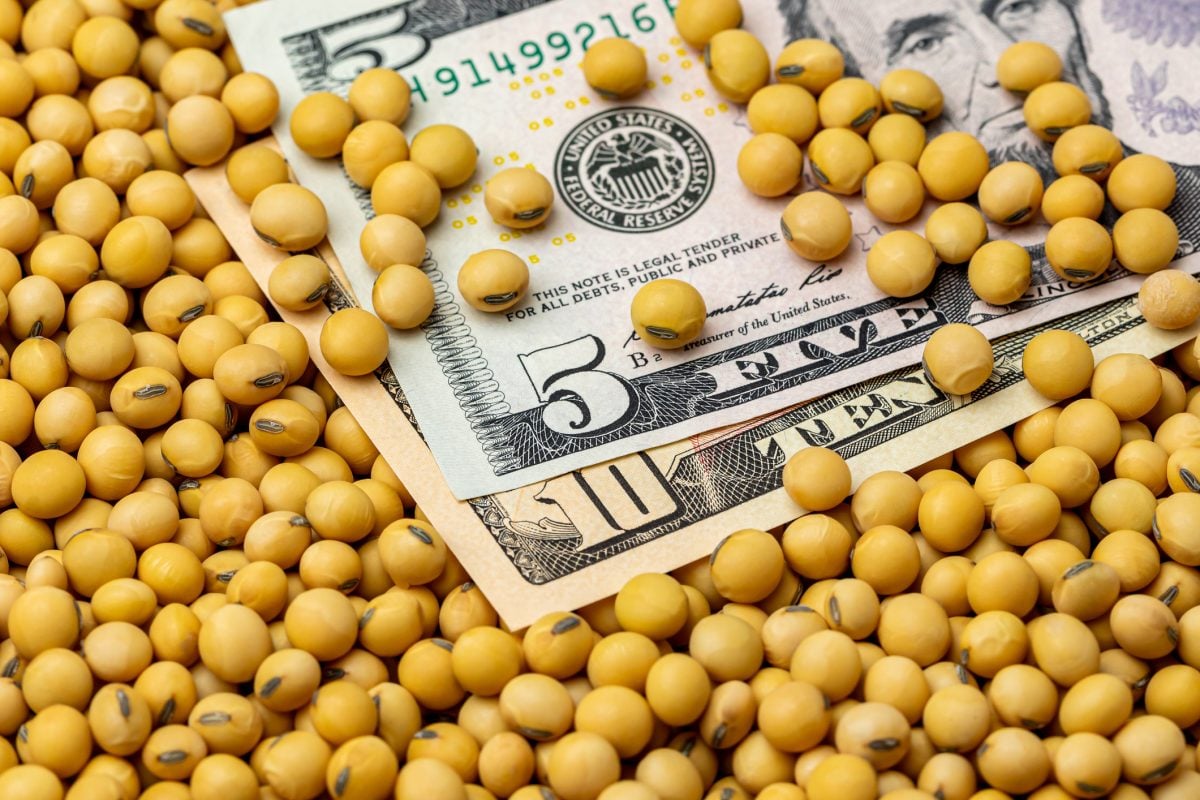Chicago | Reuters—Chicago corn and soybean futures rose on Monday as low prices spurred a flurry of international demand for U.S. grains and soy, analysts said.
The demand is a welcome respite for domestic grain sellers, who have struggled with merchandising a massive U.S. crop with hefty global supplies at sluggish prices and freight transportation woes on the nation’s interior rivers.
Wheat futures chopped up and down with spillover support from corn futures, lingering concerns over drought in key wheat-growing areas and Russian export restrictions.
Read Also

U.S. grains: Soybean futures hover near 15-month high after China buys U.S. cargoes
Chicago Board of Trade soybean futures hovered near a 15-month high on Wednesday after trade sources said China made its first purchases from the autumn U.S. harvest ahead of a summit between leaders Donald Trump and Xi Jinping.
Chicago Board of Trade soybeans Sv1settled up 11 cents to $9.81 per bushel and corn Cv1settled up 4-3/4 cents at $4.09-1/2 a bushel. Most-active wheat Wv1settled down 1/2 cent to $5.72-1/4 per bushel.
On Monday morning, the U.S. Department of Agriculture confirmed a total of 380,000 metric tons of U.S. soybean sales for shipment to undisclosed buyers.
The USDA also confirmed 500,000 tons of corn sold to Mexico, South Korea and other undisclosed destinations for the 2024/25 marketing year.
“We’ve seen some stellar corn sales and good bean sales,” Brian Basting, analyst at Advance Trading, said. “We’ve seen end users take advantage of lower prices, and the U.S. is really well positioned in the world market to be the main supplier.”
U.S. farmers are harvesting two of the largest corn and soybean crops in history at the fastest pace in years, straining their physical capabilities and grain storage capacity.
The bumper harvests and an expected large Brazilian soy crop continue to keep a lid on futures.
Rain over parched wheat areas in southern Russia and the central U.S. eased some concerns over dryness, but drought still remains a pressing concern, analysts said.
Market confusion over the impact of Russian government export restrictions have also provided some support to wheat prices, traders said.
—Additional reporting for Reuters by Michael Hogan in Hamburg and Naveen Thukral in Singapore











